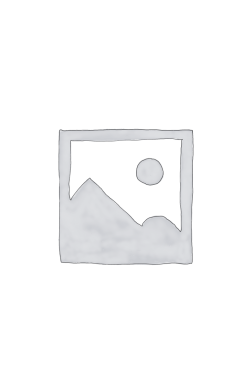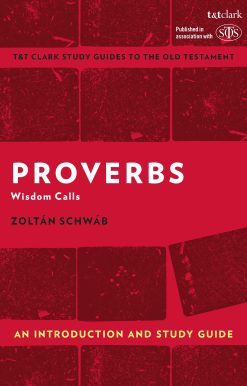
Optic Nerve
9.99 JOD
Description
‘A highly original, piercingly beautiful work, full of beautiful shocks… I felt like a door had been kicked open in my brain’ Johanna Thomas-Corr, ObserverA woman searches Buenos Aires for the paintings that are her inspiration and her refuge. Her life — she is a young mother with a complicated family — is sometimes overwhelming. But among the canvases, often little-known works in quiet rooms, she finds clarity and a sense of who she is . . . ‘I was reminded of John Berger’s Ways of Seeing, enfolded in tender and exuberant personal narratives’Claire-Louise Bennett’This woman-guide, who goes from Lampedusa to The Doors with crushing elegance, is unforgettable’ Mariana Enriquez’A dazzling combination of memoir, fiction and art book, like nothing you’ve ever read before’ Elle
Additional information
| Weight | 0.35 kg |
|---|---|
| Dimensions | 3 × 12.9 × 19.8 cm |
| by | |
| Format | Paperback |
| Language | |
| Pages | 256 |
| Publisher | |
| Year Published | 2098-1-1 |
| Imprint | |
| Publication City/Country | London, United Kingdom |
| ISBN 10 | 1784707538 |
| About The Author | Maria Gainza was born in Buenos Aires, where she still resides. She has worked as a correspondent for the New York Times in Argentina, as well as for ARTnews, and has contributed to Artforum, The Buenos Aires Review, and Radar, the cultural supplement from Pa´gina/12. Her debut novel, Optic Nerve, translated by Thomas Bunstead, was shortlisted for the 2020 LA Times Art Seidenbaum award for First Fiction, a finalist in the 2020 National Translation awards, and a New York Times 'Notable Book' of 2019. |
| Review Quote | I was reminded of Berger's Ways of Seeing, enfolded in tender and exuberant personal narratives – it's so sophisticated and fascinating, yet has a Calvinoesque light touch; all the textures and nuances come through without labour. Rigorous and mercurial. |
| Other text | The prose, in Thomas Bunstead’s translation, is restrained, funny, by turns (and at once) luminous and melancholy… We are left with a profound inquiry into the place and function of art… as remembrance, as joy and consolation, as meaning, as refuge |




